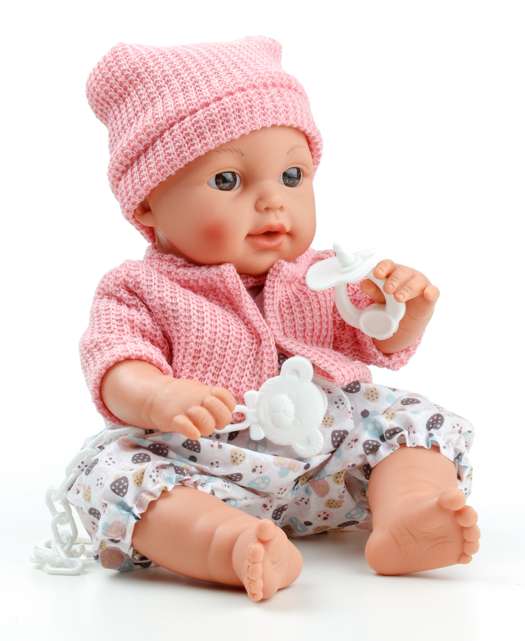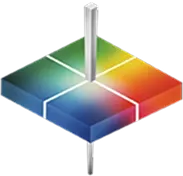
Some high-end dolls are so realistic, they’re virtually undisguisable from the real thing. Image source: Picsea on Unsplash
Reborn Babies and other hyper-realistic silicone dolls have made a splash in the world of high-end doll collecting as of late, with many people paying top dollar to obtain these hard-to-find toys.1 Manufacturers of these dolls are few and far between due to the incredible skill needed, but for the few that can manage, this can be a lucrative industry. For top-of-the-line dolls, some collectors have spent as much as $6000, making many toy manufacturers wonder if this is an area worth considering. However, the process for creating such dolls can be incredibly complex, making mass production difficult—but not impossible.
One of the most important features of these dolls is their skin’s color and texture. The ability to obtain a lifelike pigment from silicone pellets is no easy feat. There’s also little room for error, as many of these pellets cannot be melted down a second time to remix the color. When an artist is adding painted details later, if the skin tone is off, significant color correction will be needed. Using spectrophotometers as a part of the pigmentation creation process can help eliminate waste, enabling manufacturers to enter this high-demand market with lower overhead.

Some high-end dolls are so realistic, they’re virtually undisguisable from the real thing. Image source: Picsea on Unsplash



